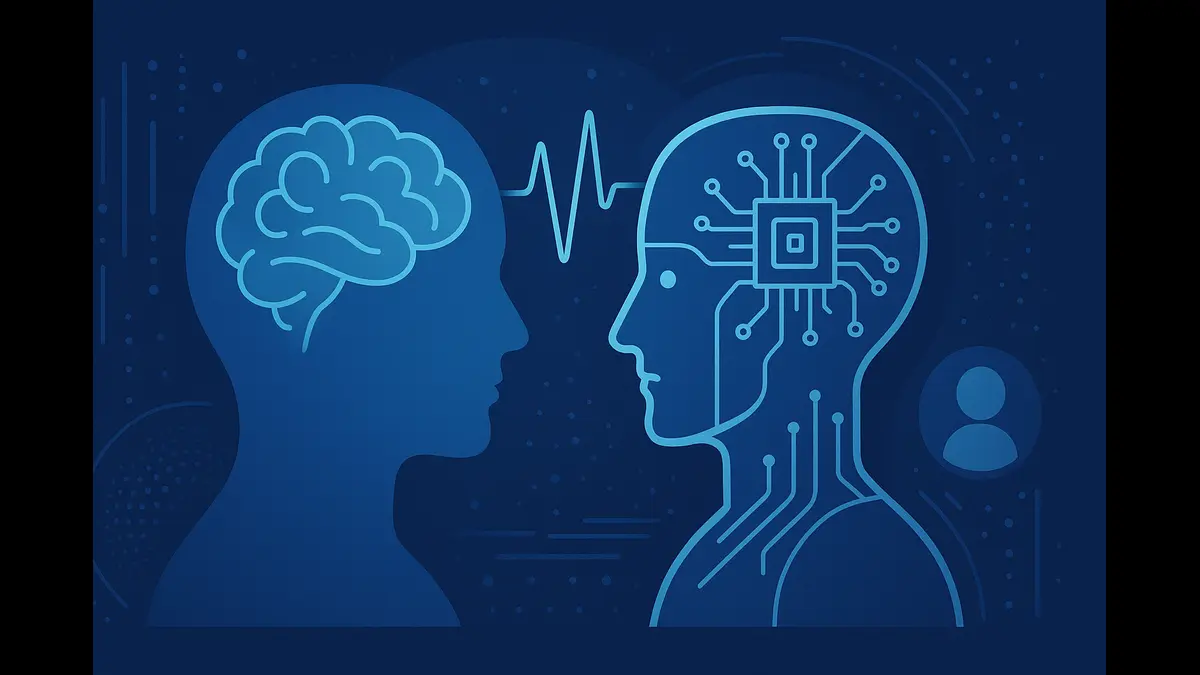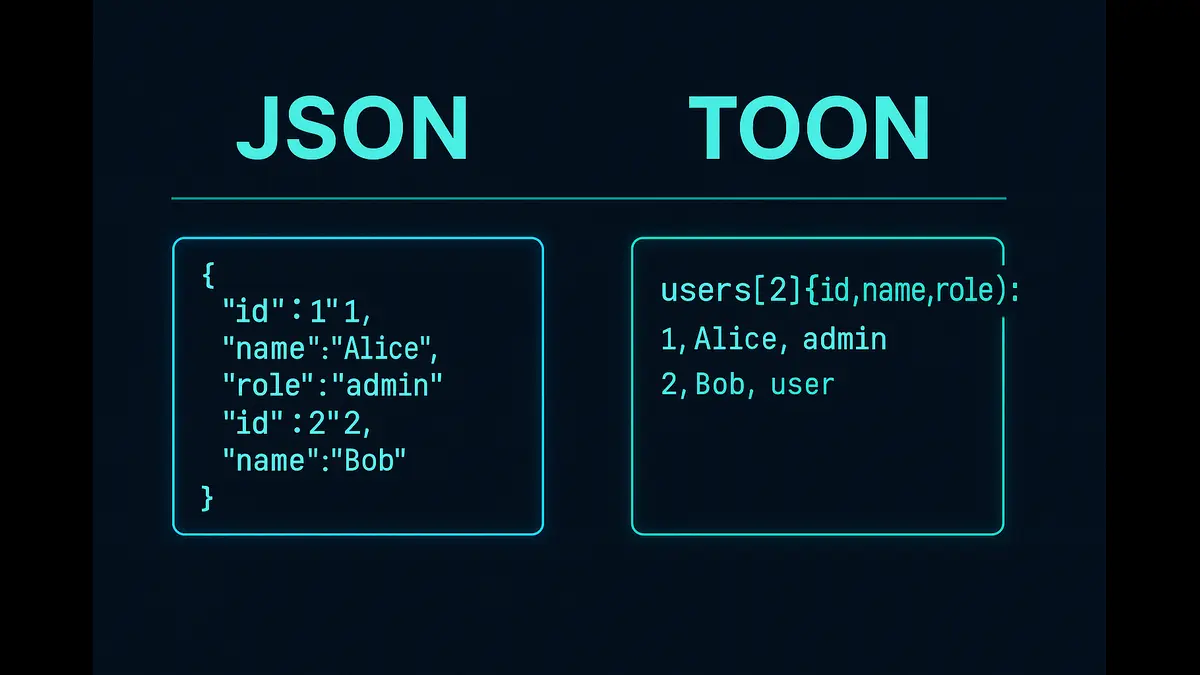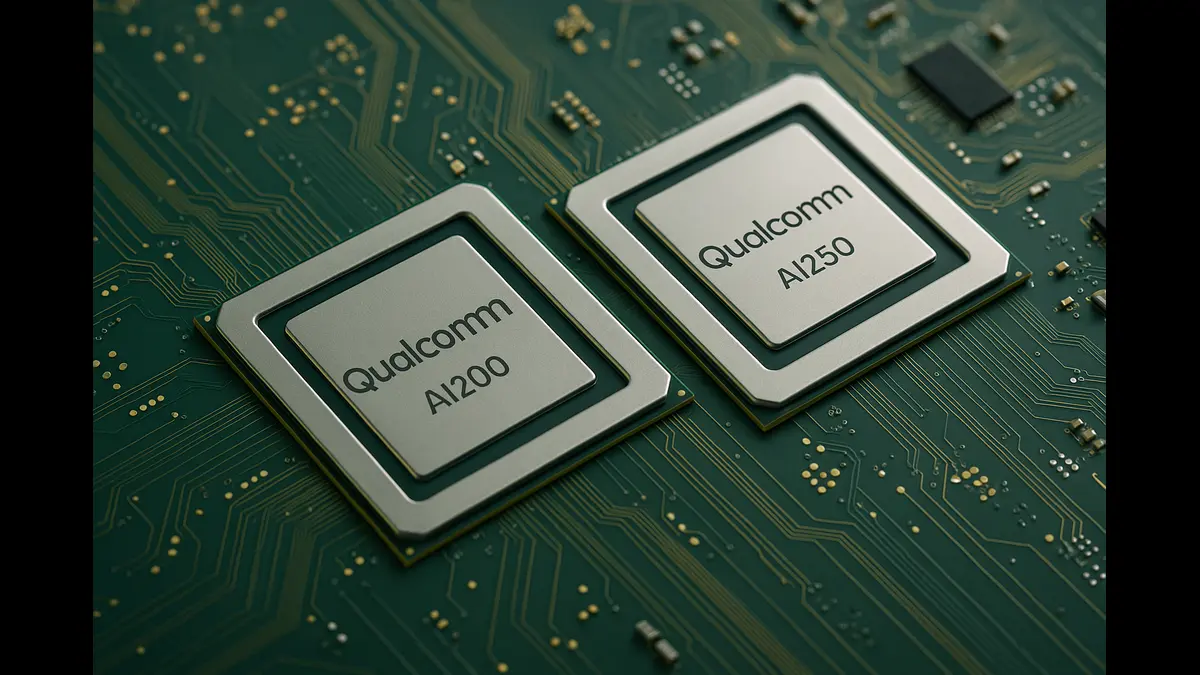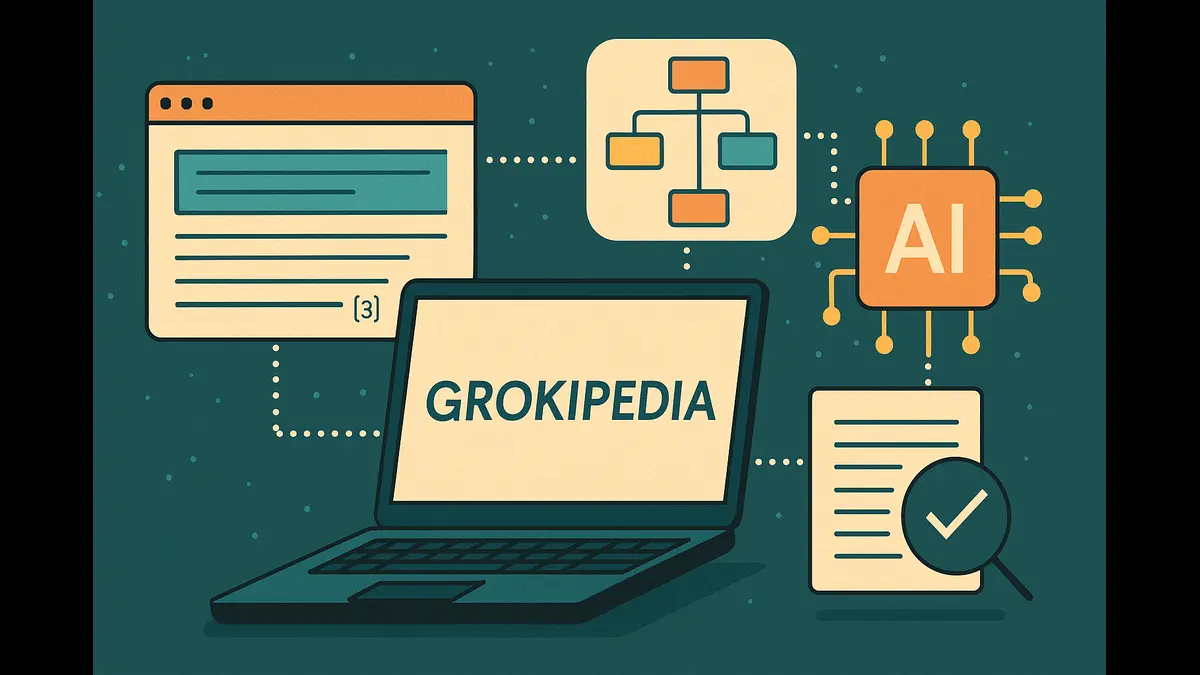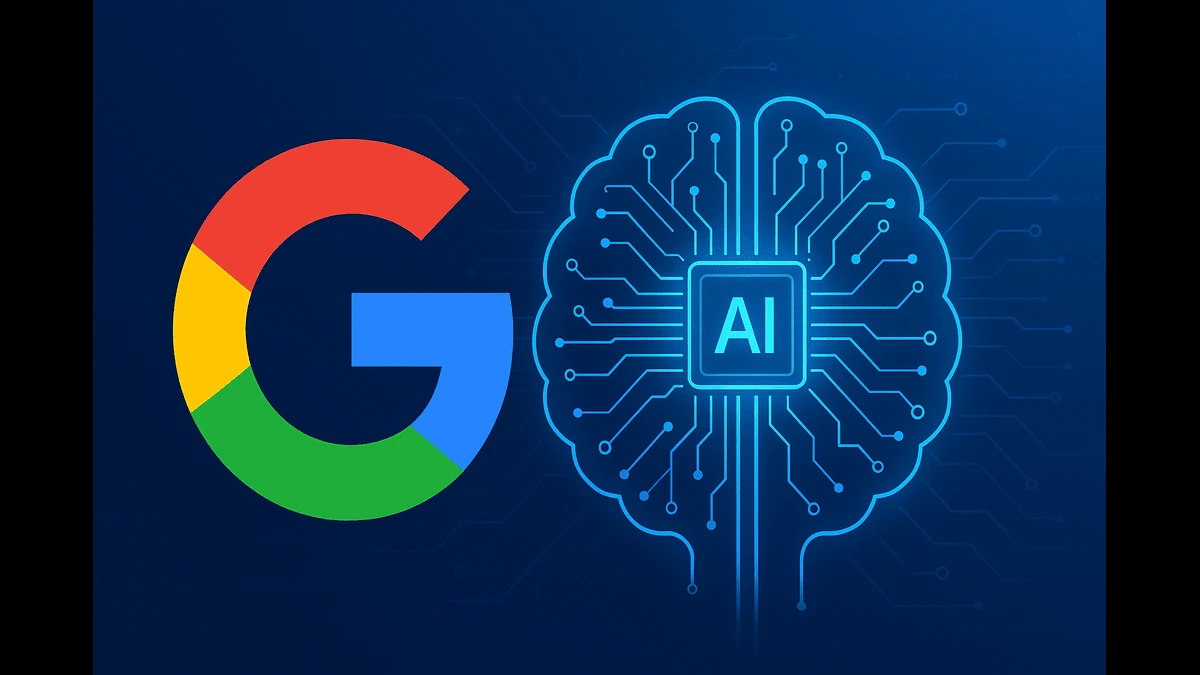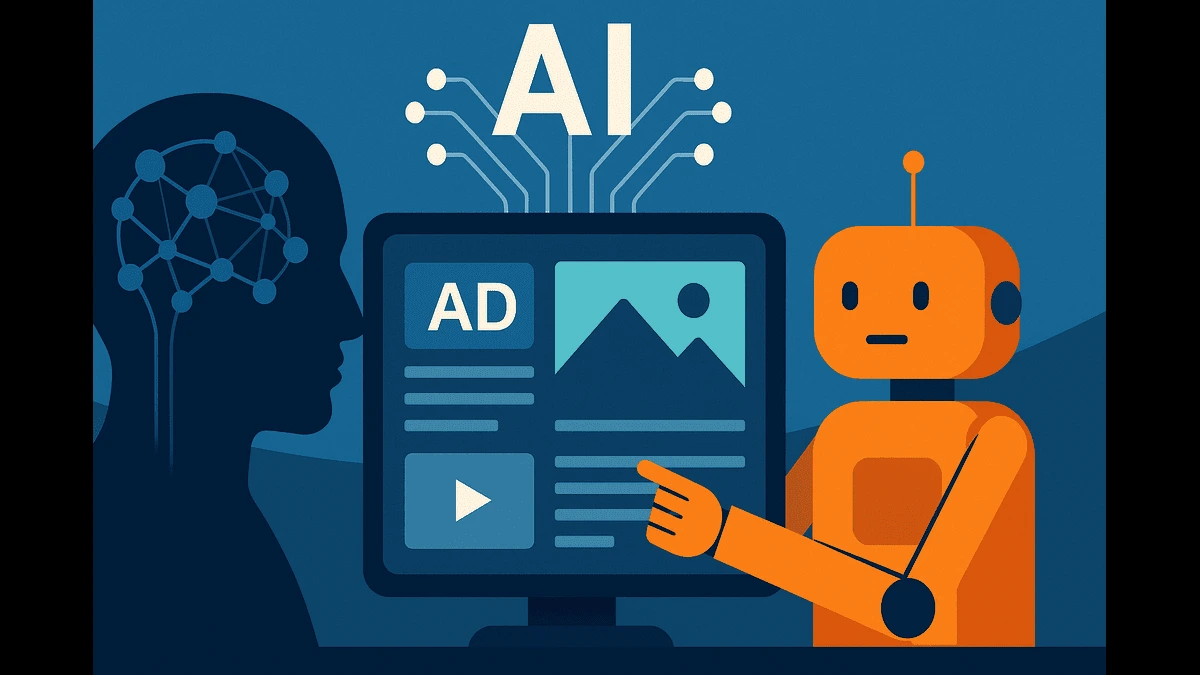
Artificial Intelligence is fundamentally reshaping the advertising landscape, from content creation to hyper-personalized targeting. Informed by expert insights from WPP, Publicis Groupe, Gartner, and Forrester, this article examines how generative AI is accelerating workflows, transforming job roles, and prompting ethical debates. As the industry navigates rapid change, the focus is on using AI as a strategic tool—enhancing creativity, efficiency, and relevance without losing the human touch.
The advertising industry, a cornerstone of global commerce, is undergoing a seismic shift driven by artificial intelligence (AI). As outlined in a recent CNBC article published on June 15, 2025, industry leaders like Mark Read, outgoing CEO of WPP, and Maurice Levy, CEO of Publicis Groupe, have highlighted AI’s profound impact on their businesses. From content creation to audience targeting, AI is reshaping how brands connect with consumers, streamlining processes, and raising both opportunities and concerns. This article explores the specific ways AI is disrupting advertising, grounded in factual insights from industry experts and data, while avoiding speculation.
The Rise of Generative AI in Advertising
One of the most significant ways AI is transforming advertising is through generative AI tools. These technologies, including OpenAI’s DALL-E, Google’s Veo, and Midjourney, enable the rapid creation of high-quality content such as images, videos, and text. These tools are putting pressure on the traditional advertising market by allowing brands to produce content at an unprecedented pace. Instead of relying on human creatives for every aspect of a campaign, companies can now use AI to generate visuals or copy in seconds, drastically reducing production times and costs.
A Forrester report cited in the article reveals that over 60% of U.S. ad agencies are already leveraging generative AI, with an additional 31% exploring its applications. This widespread adoption underscores the technology’s appeal. For example, AI can create multiple versions of an ad tailored to different demographics, languages, or platforms, enabling brands to test and optimize campaigns quickly. This capability is particularly valuable in a fast-paced digital landscape where consumer preferences shift rapidly.
Mark Read, speaking at London Tech Week, emphasized that AI is “going to totally revolutionize our business.” He noted that WPP’s proprietary AI platform, WPP Open, is used by 50,000 employees, highlighting the scale of AI integration within one of the world’s largest advertising groups. This platform streamlines tasks like creating briefs, media plans, and optimizing campaigns, allowing for greater efficiency and scalability.
Personalization at Scale
Another transformative aspect of AI in advertising is its ability to deliver “personalization at scale,” as described by Publicis Groupe’s Maurice Levy at the Viva Tech conference in Paris. Automated messaging systems powered by AI can analyze vast amounts of consumer data to craft highly targeted ads that resonate with individual preferences. For instance, AI can use data from browsing habits, purchase history, or social media activity to create ads that feel uniquely relevant to each viewer. This level of customization was previously unattainable without significant manual effort.
Levy highlighted that AI-driven tools are speeding up content production while enabling brands to reach audiences with unprecedented precision. For example, a retailer can use AI to generate personalized email campaigns that recommend products based on a customer’s past purchases, increasing the likelihood of engagement and conversion. This hyper-personalization aligns with consumer expectations for tailored experiences, which have become a standard in digital marketing.
Industry Consolidation and Structural Changes
The integration of AI is also driving structural changes in the advertising industry. Mark Read noted that the creative aspects of advertising are under “structural pressure,” leading to industry consolidation. As AI automates tasks traditionally performed by human creatives—such as designing visuals or writing copy—agencies are reevaluating their workflows and business models. Smaller agencies may struggle to compete with larger firms that have the resources to invest in AI infrastructure, prompting mergers and acquisitions to stay competitive.
This consolidation is partly driven by the need to “embrace” AI’s impact, as Read suggested. Agencies that fail to adopt AI risk falling behind, as clients increasingly demand faster, data-driven campaigns. For example, AI can analyze real-time campaign performance and adjust ad placements or messaging on the fly, a process that once required days or weeks of human analysis. This efficiency is pushing agencies to integrate AI into their core operations, transforming them from traditional creative hubs into tech-driven powerhouses.
The Role of AI as a Tool, Not a Replacement
While AI’s capabilities are impressive, industry leaders caution against viewing it as a complete replacement for human creativity. Maurice Levy emphasized that AI should be considered a tool to augment human work, not supplant it. “We should not believe that AI is more than a tool,”, stressing the importance of human oversight in maintaining creative quality and emotional resonance in advertising.
This perspective is critical as brands navigate consumer perceptions of AI-generated content. A Gartner survey from September 2024, found that 82% of consumers believe companies using generative AI should prioritize preserving human jobs, even at the cost of lower profits. This sentiment highlights a potential backlash against fully AI-driven campaigns, particularly if they lack the human touch that resonates with audiences.
Nicole Denman Greene, a Gartner analyst, advised brands to focus on what AI “should do” rather than what it “can do.” She suggested that AI should be used to generate groundbreaking insights, reach diverse and niche audiences, and push the boundaries of marketing. For example, AI can analyze consumer trends to identify untapped market segments, enabling brands to craft campaigns that resonate with underrepresented groups. By focusing on these strategic applications, agencies can harness AI’s potential while maintaining the human creativity that defines great advertising.
Job Transformation and Creation
The impact of AI on jobs in the advertising industry is a topic of heated debate. Levy acknowledged that AI will “destroy some jobs” but argued that it will ultimately create more roles than it eliminates. He pointed to historical technological advancements, such as the internet and smartphones, which disrupted industries but led to net job growth. AI is expected to follow a similar trajectory, transforming existing roles and creating new ones.
For instance, AI adoption is creating demand for professionals skilled in data analysis, machine learning, and AI integration. Agencies need experts to train AI models, interpret their outputs, and ensure they align with brand goals. Additionally, the rise of AI-driven campaigns is increasing the need for strategists who can blend data insights with creative vision. Levy predicted that AI will lead to “more autonomous work,” allowing employees to focus on high-value tasks like strategy and storytelling while AI handles repetitive processes.
Challenges and Ethical Considerations
Despite its benefits, AI’s integration into advertising raises ethical and practical challenges. One concern is the potential for AI-generated content to infringe on intellectual property. It needs to be noted that companies like Disney and Universal have sued AI image company Midjourney for the unlicensed use of characters from properties like Star Wars and The Simpsons. This legal tussle underscores the need for clear guidelines on how AI can use existing content to create new material.
Another challenge is consumer skepticism toward AI-generated ads. Greene’s warning about negative consumer reactions suggests that brands must be transparent about their use of AI to avoid alienating audiences. For example, an ad campaign that feels overly automated or lacks emotional depth could harm a brand’s reputation. To mitigate this, agencies are experimenting with hybrid models where AI generates initial drafts, and human creatives refine them to ensure authenticity.
The Future of AI in Advertising
Looking ahead, AI’s role in advertising is poised to grow even further. The point emphasized by Read is – how AI is democratizing access to expertise, as he noted that “the best advertising creatives and marketing people often will be driven by AI.” This democratization could level the playing field for smaller brands, allowing them to create high-quality campaigns without the budgets of industry giants.
Moreover, AI’s ability to analyze vast datasets will continue to enhance ad performance. For example, AI can predict which ad formats or messages are most likely to resonate with specific audiences, optimizing return on investment. As AI technologies evolve, they will likely become more integrated into the advertising ecosystem, from programmatic ad buying to real-time campaign adjustments.
However, the industry must balance innovation with responsibility. Agencies need to address consumer concerns about job displacement and privacy while ensuring AI-generated content aligns with brand values. By focusing on ethical AI use and maintaining a human-centric approach, the advertising industry can harness AI’s transformative potential without losing the creativity that defines it.
AI is undeniably reshaping the advertising industry, as evidenced by the insights from industry leaders like Mark Read and Maurice Levy. Generative AI tools are accelerating content creation, enabling personalization at scale, and driving industry consolidation. While AI poses challenges, such as consumer skepticism and ethical concerns, it also offers opportunities for innovation and job creation. By using AI as a tool to augment human creativity, agencies can deliver more effective, targeted campaigns that resonate with audiences. As the industry navigates this transformation, the key will be to embrace AI’s capabilities while preserving the human touch that makes advertising impactful.
Discover more from Poniak Times
Subscribe to get the latest posts sent to your email.

